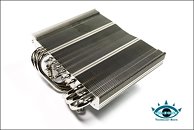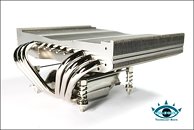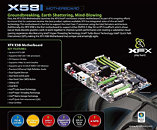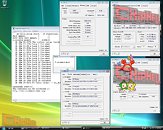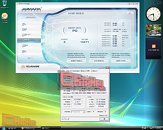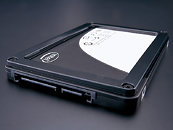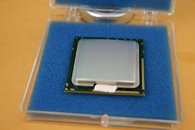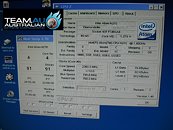Thermalright AXP-140 Heatsink Pictured
Thermalright, best known for its aluminum fin heatsinks devised the AXP-140 CPU heatsink for HTPCs, that is low-profile friendly with a height of 7 cm. VR-Zone unboxed the heatsink to take a few pictures.
The AXP-140 supports Intel processors on the LGA-775 socket. It consists of a thick nickel-plated copper CPU contact block from which six aluminum heatpipes convey heat to an aluminum fin array. Unlike conventional heatsinks from Thermalright, the array propagates horizontally along the plane of the motherboard. The dimensions of this heatsink are 145 x 147 x 70.2 mm (L x W x H). It weighs 900 g (1.98 lbs). Although this heatsink could cool some processors with low TDP passively for a silent operation, a 120mm fan can be attached to it for active air-cooling. The AXP-140 is expected to be priced at US $59 when it hits the stores.
The AXP-140 supports Intel processors on the LGA-775 socket. It consists of a thick nickel-plated copper CPU contact block from which six aluminum heatpipes convey heat to an aluminum fin array. Unlike conventional heatsinks from Thermalright, the array propagates horizontally along the plane of the motherboard. The dimensions of this heatsink are 145 x 147 x 70.2 mm (L x W x H). It weighs 900 g (1.98 lbs). Although this heatsink could cool some processors with low TDP passively for a silent operation, a 120mm fan can be attached to it for active air-cooling. The AXP-140 is expected to be priced at US $59 when it hits the stores.
